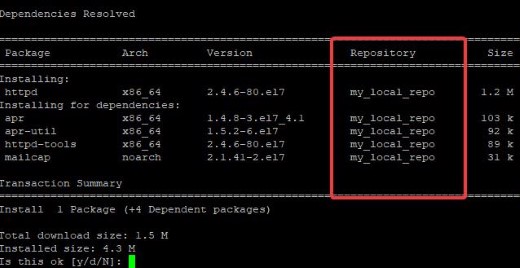


Returns 0 if no packages are available for Also returns a list of the packages to be updated in list format. There are packages available for an update. Update-to This command works like " update" but always specifies the version of the package we want to update to.Ĭheck-update Implemented so you could know if your machine had any updates that needed to be applied without running it interactively. You'd prefer that nothing happen in the above case. Noticeable when you do " update foo-1-2" which will act exactly as " update foo" if foo-1-2 is installed. Note that " update" works on installed packages first, and only if there are no matches does it look for available packages. This makes it better for distro-version changes, for example: upgrading from somelinux 8.0 to somelinux 9. If the main obsoletes configure option is true (default) or the -obsoletes flag is present yum will include package obsoletes in its calculations. Groups, files, provides and filelists just like the "install" command.

Information) If the packages or globs specified match to packages which are not currently installed then update will not install them. While updating packages, yum will ensure that all dependencies are satisfied. If one or more packages or package globs are specified, Yum will only Update If run without any packages, update will update every currently installed package. Also note that for filelists, wildcards will "_sqlitecache.so()(64bit)") as are filelists (Eg. Then package "provides" are searched (e.g. If the name is a file, then install works like localinstall. Is done within the transaction and any matches are removed. If the name starts with a - character, then a search Name starts with an character the rest of the name is used as though passed to the groupinstall command. Names for more information) If no package matches the given package name(s), they are assumed to be a shell glob and any matches are then installed. Install Is used to install the latest version of a package or group of packages while ensuring that all dependencies are satisfied. Repository configuration is honored in all operations. Unless the -help or -h option is given, one of the above commands must be present. * localupdate rpmfile1 (maintained for legacy reasons only - use update) * localinstall rpmfile1 (maintained for legacy reasons only - use install) While there are some graphical interfaces directly to the yum code, more recent graphical interface development is happening with PackageKit and the yum is similar to other high level package managers like apt-get and smart. Packages among many other commands/services (see below). It can also perform installation of new packages, removal of old packages and perform queries on the installed and/or available It can automatically perform system updates, including dependency analysis and obsolete processingīased on "repository" metadata. Yum is an interactive, rpm based, package manager.


 0 kommentar(er)
0 kommentar(er)
